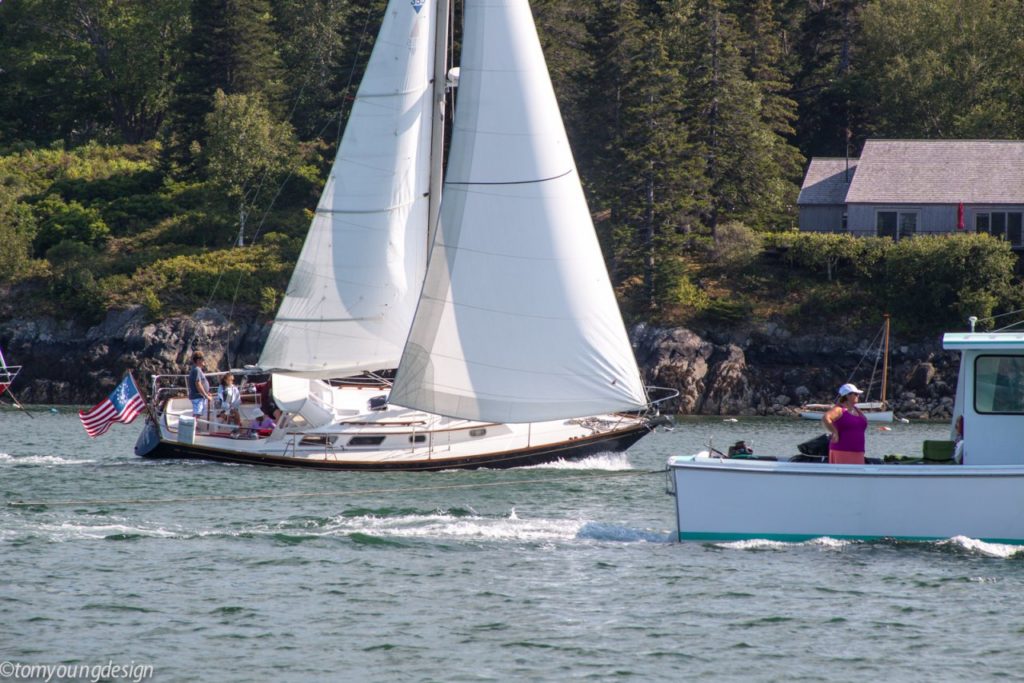Boating 101: What to Look for During a Sea Trial
Posted
Last Updated
Taking a boat for a sea trial—or taking it for “test run”—should be an essential part of the boat-buying process. What to look for during this test, however, isn’t always clear to new boaters. Here are several areas worthy of your attention. For a more thorough evaluation, consider asking a boating-savvy friend to tag along, or for larger boats in particular, hiring a marine surveyor.
Sea Trial Checklist
When it comes performing a sea trial, there are a few main steps you should follow:
- Create a “real-life” environment on the boat to accurately replicate a typical day.
- Be sure to test performance targets, and ask your dealer about horsepower options.
- Play the role of both driver and passenger.
- Look at engine trim, consider how you will use the boat (watersports, fishing, etc.)
- Bring the boat to 30 MPH, perform a hard turn, and if possible, test conditions in rough waters.
- At no-wake speeds, center the wheel and note how well the boat keeps its line.
- Run both into and away from the sun—check for glare and reflections.
What to Look for During a Sea Trial
Whenever possible, test a boat like you plan to use a boat. Many sea trials are undertaken on a boat loaded with little fuel, few passengers, and an absence of gear. In use, however, odds are you’ll have all of the above, adding hundreds or even 1,000 pounds or more to your boat’s load. If practical, bring family members or friends to more accurately replicate your typical day on the water. If not, keep in mind that the performance you feel during a lightly loaded test ride will rarely if ever equate to the performance you’ll feel during real-world usage. If a boat is at all sluggish or just barely hits your performance targets during a test ride, ask your dealer about other horsepower options available and how they may improve the ride.
READ MORE at discoverboating.com

